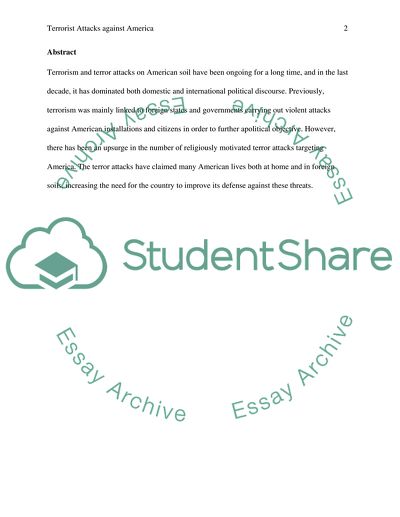Cite this document
(Terrorism Asymmetric Warfare and Weapons of Mass Destruction Research Paper, n.d.)
Terrorism Asymmetric Warfare and Weapons of Mass Destruction Research Paper. Retrieved from https://studentshare.org/social-science/1807369-terrorism-attacks-against-america
Terrorism Asymmetric Warfare and Weapons of Mass Destruction Research Paper. Retrieved from https://studentshare.org/social-science/1807369-terrorism-attacks-against-america
(Terrorism Asymmetric Warfare and Weapons of Mass Destruction Research Paper)
Terrorism Asymmetric Warfare and Weapons of Mass Destruction Research Paper. https://studentshare.org/social-science/1807369-terrorism-attacks-against-america.
Terrorism Asymmetric Warfare and Weapons of Mass Destruction Research Paper. https://studentshare.org/social-science/1807369-terrorism-attacks-against-america.
“Terrorism Asymmetric Warfare and Weapons of Mass Destruction Research Paper”, n.d. https://studentshare.org/social-science/1807369-terrorism-attacks-against-america.


